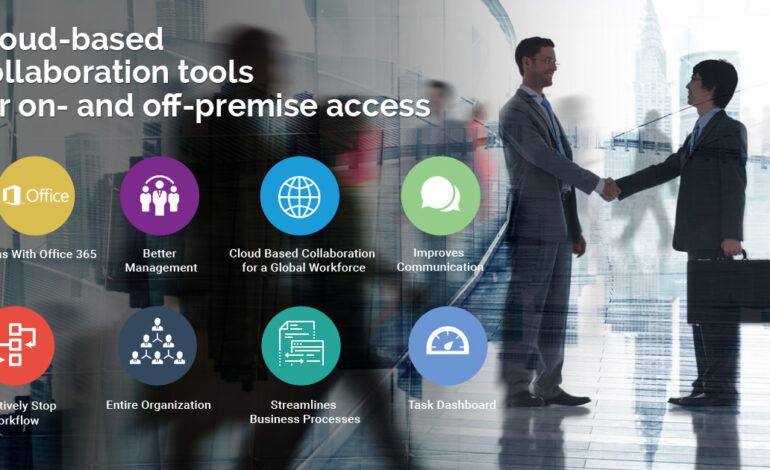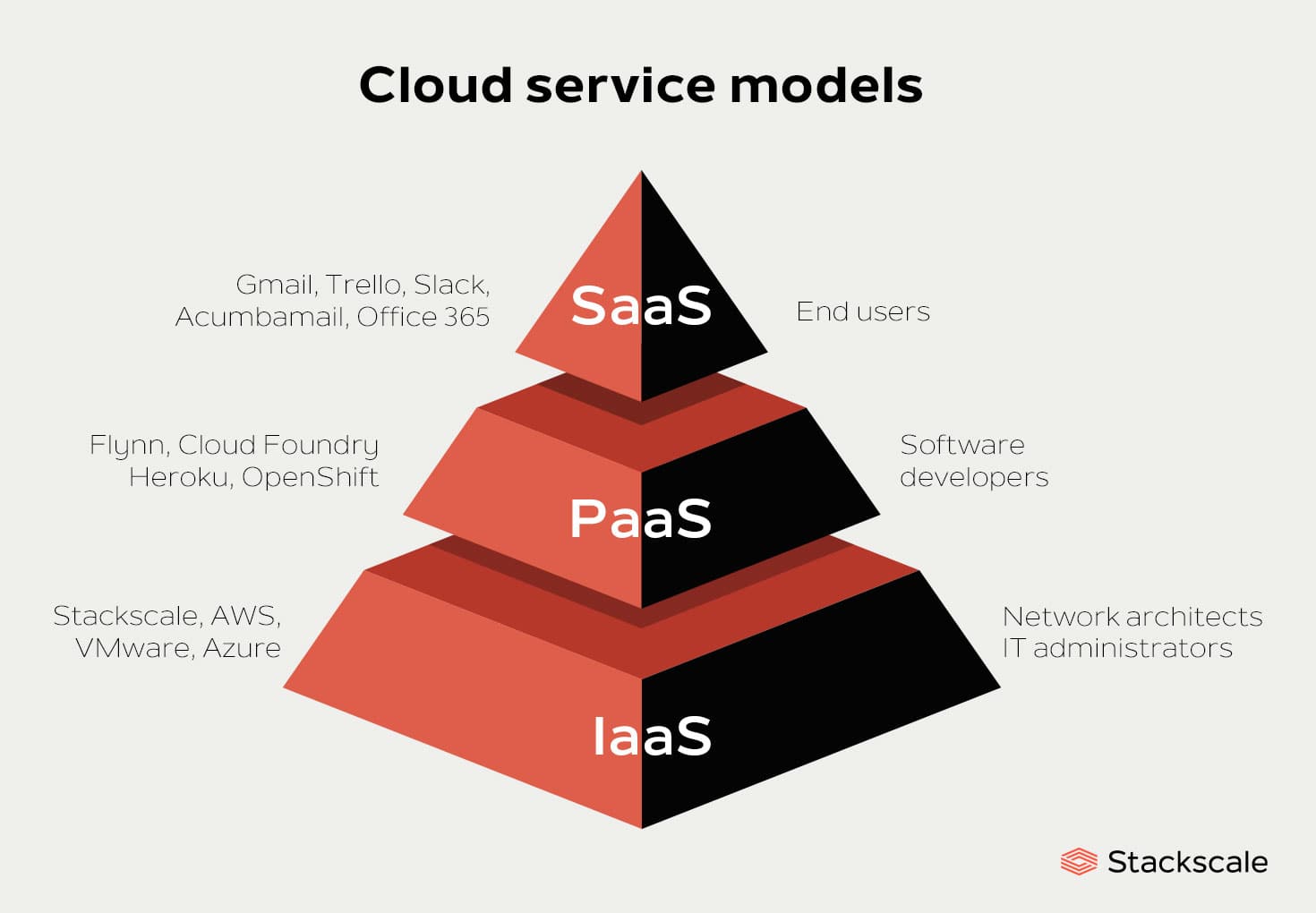Cloud Computing: Boost Your Business with Collaboration & Flexibility

Leveraging the Power of the Cloud: Boosting Collaboration & Flexibility in Your Business
In today’s rapidly evolving business landscape, agility and collaboration are no longer optional – they’re essential for survival and success. Traditional on-premise solutions often fall short when it comes to supporting these needs, leading many businesses to explore alternative approaches. Enter cloud computing: a transformative technology that’s revolutionizing how companies operate, regardless of size.
What is Cloud Computing? A Quick Primer
Before we dive into the benefits, let’s briefly define what we mean by “cloud computing.” Essentially, it means accessing computing resources – like servers, storage, databases, networking, software, analytics, and intelligence – over the internet (“the cloud”) instead of relying solely on your own physical infrastructure. This eliminates the need for you to buy, maintain, and manage these resources yourself.
There are several deployment models within cloud computing:
- Public Cloud: Resources owned and operated by a third-party provider (like AWS, Google Cloud, or Microsoft Azure) and made available to the general public.
- Private Cloud: Dedicated resources used exclusively by one organization. This can be hosted on-premise or by a third party.
- Hybrid Cloud: A combination of both public and private clouds, allowing businesses to leverage the benefits of each.
The Core Benefits for Businesses
Now, let’s explore why so many businesses are making the shift to cloud-based solutions. The advantages are numerous and far-reaching.
Enhanced Collaboration: Breaking Down Silos
One of the most significant benefits is improved collaboration. Cloud platforms enable teams to work together seamlessly, regardless of their location. Documents can be shared and edited in real-time, eliminating version control issues and fostering a more dynamic workflow. Think about project management tools hosted on the cloud—everyone involved has access to the latest information, leading to better coordination and faster decision-making.

Specific Examples: Team collaboration platforms like Google Workspace (Docs, Sheets, Slides) and Microsoft 365 are prime examples of how cloud computing facilitates real-time co-authoring and communication. Video conferencing tools, also typically cloud-based, connect remote teams effortlessly.
Increased Flexibility & Scalability
Businesses often experience fluctuations in demand – seasonal peaks, rapid growth spurts, or unexpected market shifts. Traditional infrastructure can struggle to adapt to these changes, leading to bottlenecks and inefficiencies. Cloud computing addresses this perfectly with its inherent scalability. You can easily scale your resources up or down as needed, paying only for what you use.
Elasticity: This is a key concept – the ability to rapidly adjust resources based on demand. During peak times, increase server capacity; during slower periods, reduce it and save costs. This dynamic adjustment avoids wasted resources and ensures optimal performance.
Cost Savings: Reducing Capital Expenditure
Investing in hardware and software can be a substantial upfront expense. Cloud computing significantly reduces these capital expenditures (CAPEX). Instead of purchasing expensive equipment and licenses, you subscribe to cloud services on a pay-as-you-go basis. This frees up valuable capital that can be reinvested in other areas of your business.
Reduced IT Costs: Beyond initial investment, the cloud also minimizes ongoing costs associated with IT personnel, maintenance, energy consumption and hardware replacements.
Improved Disaster Recovery & Business Continuity
Data loss due to natural disasters or system failures can be devastating. Cloud-based solutions offer robust disaster recovery capabilities. Data is typically replicated across multiple locations, ensuring that even if one location experiences an outage, your data remains safe and accessible.
Automatic Backups: Most cloud providers automatically back up your data, minimizing the risk of loss due to human error or unforeseen events. Business continuity plans become much simpler and more effective with cloud support.
Access from Anywhere: Empowering Remote Work
The rise of remote work has underscored the importance of accessibility. Cloud-based applications allow employees to access data and collaborate from anywhere with an internet connection, fostering a more productive and flexible workforce.
Mobile Accessibility: Many cloud services offer mobile apps, further enhancing accessibility and enabling employees to stay connected on the go.
Choosing the Right Cloud Solution
While the benefits are clear, selecting the right cloud solution requires careful consideration. Here’s a few things to keep in mind:
- Security: Ensure your provider has robust security measures and complies with relevant industry regulations (e.g., GDPR, HIPAA).
- Integration: Consider how well the cloud solution integrates with your existing systems and applications.
- Vendor Lock-in: Be aware of potential vendor lock-in risks and choose a provider that offers flexibility and portability.
- Cost Optimization: Carefully analyze pricing models to avoid unexpected costs.
Conclusion: Embracing the Future with Cloud Computing
Cloud computing is no longer a futuristic concept—it’s a present-day reality transforming businesses of all sizes. By embracing cloud solutions, companies can unlock significant benefits in collaboration, flexibility, cost savings, and disaster recovery. Whether you’re a small startup or an established enterprise, exploring the possibilities of the cloud is essential for staying competitive in today’s dynamic marketplace. Don’t get left behind – start your journey to the cloud today!



